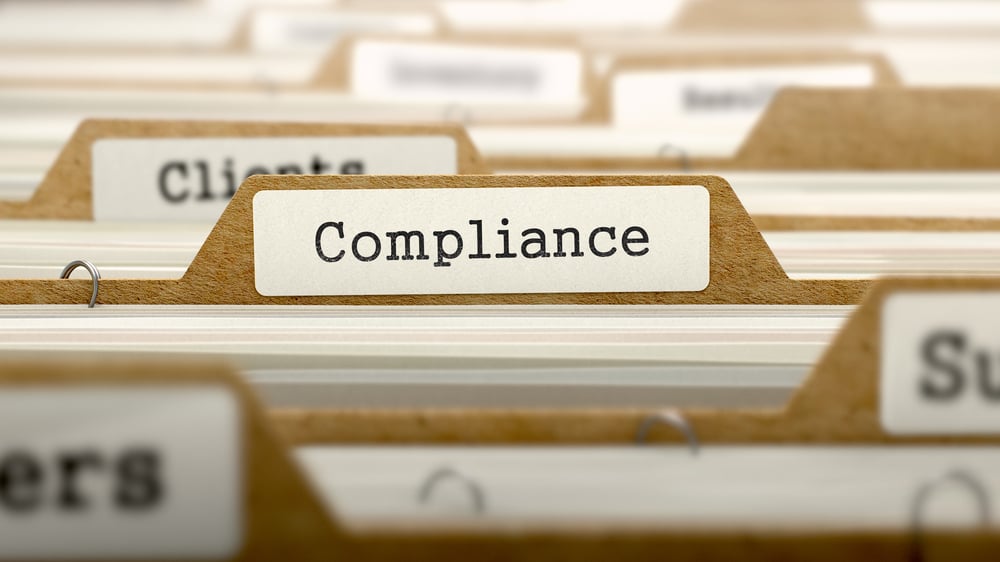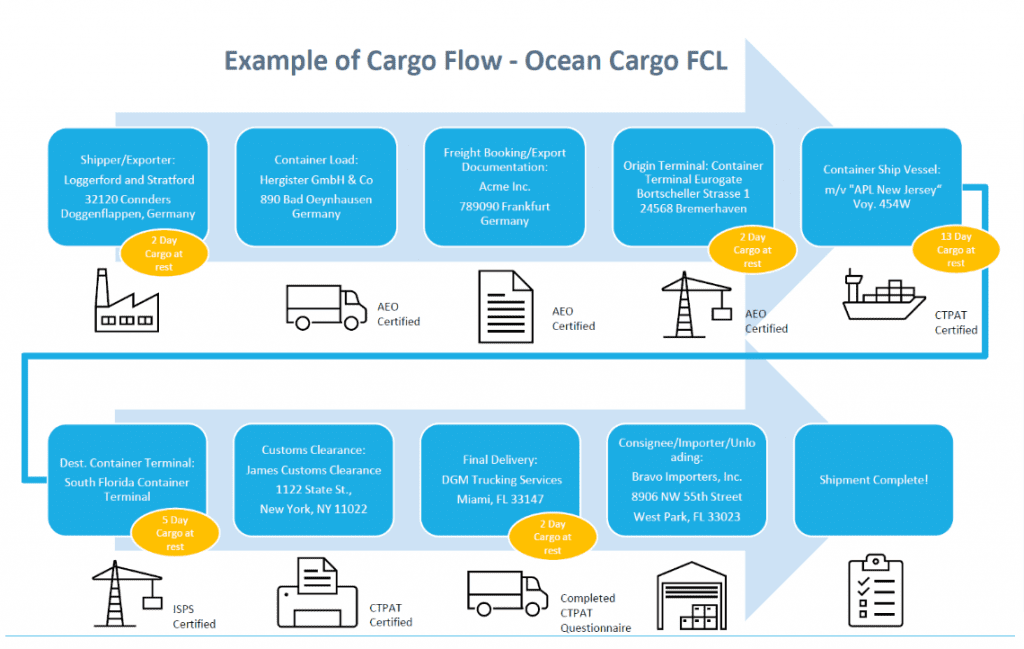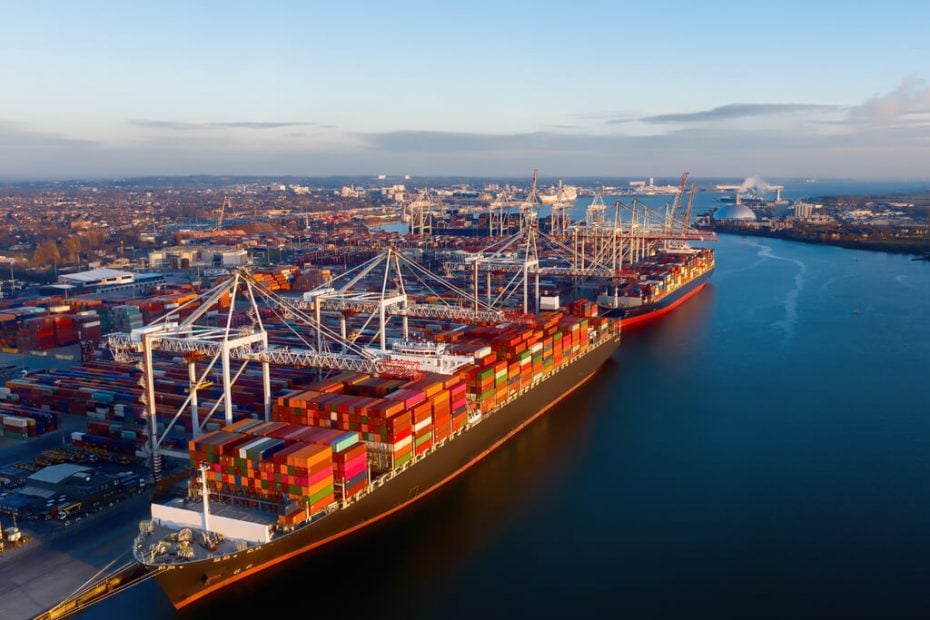Meeting the Minimum Security Criteria (MSC) for the CTPAT Risk Assessment
Whether you’re new to CTPAT certification or are preparing for validation or recertification, the U.S. Customs and Border Protection’s (CBP)...

One of the biggest obstacles facing both current and prospective members of the CTPAT program is new MSC compliance. Across the supply chain industry, there is a lot of confusion about what the term means as well as how to go about fulfilling the requirements, but Veroot is here to help you make sense of CTPAT MSC.
In 2020, the U.S. Customs and Border Protection (CBP) released a new set of regulations dramatically changing the landscape of the Customs Trade Partnership Against Terrorism (CTPAT) program.
The set of rules that outlines what is required to be a member of the CTPAT program is called the Minimum Security Criteria, or “MSC,” as it is commonly known. The MSC has always governed the way U.S. companies apply for and maintain CTPAT membership, but the 2020 revision to minimum security guidelines brought with it a significant expansion to program requirements.
The new MSC released in 2020 was a pretty drastic change to the overall program first developed in 2003, but the U.S. needed to stay relevant in the global supply chain landscape. From the introduction of CTPAT in 2003 to the recent overhaul, the world saw massive changes in information technology, a more than 88% increase in overall U.S. imports, and issues with money laundering and human trafficking. So it stands to reason that the rules would need to be rewritten for CTPAT membership to remain meaningful and valuable.
Under new guidelines, existing and prospective members must complete a new CTPAT Security Profile to attain membership. Changes to the profile include the addition of 40+ new questions (about 160 total), approximately 20+ supplementary documents, 4 new categories (Upper Management Responsibility, Agricultural Processes, Education/Training & Cybersecurity), and a much stricter Security Profile evaluation and CTPAT acceptance process.
A particular example of the enhanced MSC would be the need to document how your company prevents money laundering across your supply chain. Under new CBP CTPAT standards, U.S. Customs wants to know what guardrails, trainings, and sign-offs have been put in place to prevent criminal activity as well as how your company disseminates and tracks these notifications. Another example would be to document the IT policies within your company – and have each employee agree to abide by cybersecurity requirements.
In total, 12 areas of the new MSC need to be addressed to maintain CBP CTPAT compliance:
Another huge benefit of the MSC update is that other countries now see the U.S. CBP’s CTPAT program as much more robust. This means that other countries that use the equivalents to CTPAT called Authorized Economic Operator (“AEO”) or Partners in Protection (“PIP”) programs view the new CTPAT MSC as even more legitimate than previous versions. In other words, they see the U.S. program as complementary to their AEO/PIP programs and extend latitude and benefits to companies with CTPAT. This is further promoted with a program called Mutually Recognized Arrangements or MRA – where countries share data and offer reciprocity across border protection programs.
One of the most significant changes we have seen in the CTPAT program is the CBP’s mandate to do a thorough validation inspection of every participating company to make sure the MSC is truly being followed. In the early days of CTPAT, companies could just skate along and do the bare minimum and hope for the best. Now as CTPAT is being taken more seriously from a global perspective, it has become critical to implement and document all required processes and make sure all functionality is in place.
If you need additional guidance, don’t be afraid to ask! Companies like Veroot exist to make CTPAT compliance less complicated. Whether you are a current member preparing for an annual renewal/revalidation or a prospective CTPAT member preparing your first-ever Security Profile, Veroot has the right solution to help you meet MSC requirements. Check out our CTPAT solutions for more information on how our team can help you achieve your CTPAT goals.

Whether you’re new to CTPAT certification or are preparing for validation or recertification, the U.S. Customs and Border Protection’s (CBP)...

One of the key responsibilities of the Designated CTPAT Security Coordinator for your company is to make sure the CTPAT program submitted to the CBP...

In 2019, U.S. Customs and Border Protection (CBP) updated its minimum security criteria (MSC) to address changes to the global supply chain and the...